Thiamethoxam
Synonym(s):3-(2-Chloro-5-thiazolylmethyl)tetrahydro-5-methyl-N-nitro-4H-1,3,5-oxadiazin-4-imine
- CAS NO.:153719-23-4
- Empirical Formula: C8H10ClN5O3S
- Molecular Weight: 291.71
- MDL number: MFCD03792862
- EINECS: 428-650-4
- SAFETY DATA SHEET (SDS)
- Update Date: 2025-01-27 09:38:02
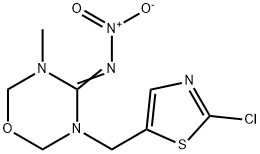
What is Thiamethoxam?
Description
Thiamethoxam is a broad-spectrum neonicotinoid insecticide. It was developed by Syngenta, which had to settle a patent suit by Bayer before marketing it. Thiamethoxam acts by direct contact with insects and by insects'' consumption of treated plants. Recently, M. Henry and colleagues at the French agency that combines the functions of FDA, EPA, and OSHA found that thiamethoxam harms honeybees. For this reason, it may soon be banned in France.
Chemical properties
Off-White to Pale Yellow Solid
The Uses of Thiamethoxam
Thiamethoxam is a broad spectrum insecticide active against a wide spectrum of sucking and chewing insect pests after foliar, soil or seed treatment.
Definition
ChEBI: Thiamethoxam is an oxadiazane that is tetrahydro-N-nitro-4H-1,3,5-oxadiazin-4-imine bearing (2-chloro-1,3-thiazol-5-yl)methyl and methyl substituents at positions 3 and 5 respectively. It has a role as an antifeedant, a carcinogenic agent, an environmental contaminant, a xenobiotic and a neonicotinoid insectide. It is an oxadiazane, a member of 1,3-thiazoles, an organochlorine compound and a 2-nitroguanidine derivative. It derives from a 2-chlorothiazole.
What are the applications of Application
Thiamethoxam is a neonicotinoid insecticide that is used widely in Wisconsin. Thiamethoxam is the active ingredient in a variety of products used in agriculture to kill sucking and chewing insects that feed on roots, leaves, and other plant tissues. Agricultural uses include soil and seed treatments as well as leaf spraying for most row and vegetable crops like corn, soybeans, snap beans, and potatoes. It is also used to control insects in livestock pens, poultry houses, sod farms, golf courses, lawns, household plants, and tree nurseries. It was first registered by the U.S. Environmental Protection Agency in 1999. Reports show that when exposed to neonicotinid pesticides honeybees have probelms returnign home after foraging and bumblebee colonies grow poorly and produce fewer queens.
Flammability and Explosibility
Flammable
Metabolic pathway
All the information on thiamethoxam is taken from a summary of the proceedings of meeting published by the manufacturer. Full experimental details are not given in the report and the identity of metabolites is not disclosed (Novartis, 1997).
Degradation
Thiamethoxam is hydrolytically stable at pH 5 (half-life about 200-300 days). The compound is more labile at pH 9 where the half-life is a few days. It is rapidly photodegraded with a half-life of about 1 hour. In aquatic systems, degradation occurs under alkaline conditions and the insecticide is rapidly photodegraded but not readily biodegraded (Novartis, 1997).
Mode of action
Thiamethoxam interferes with nicotinic acetylcholine receptors in the insect’s nervous system, which are essential for proper functioning of the nerves. Within hours of contact or ingestion of thiamethoxam, insects stop feeding. Death usually occurs within 24 to 48 hours.
The activity of thiamethoxam, or any insecticide, at the target site is just one factor in its efficacy. When comparing insecticides, other variables – including how the compound interacts with the environment, the plant and the insect – also contribute to its insecticidal mode of action.
The Insecticide Resistance Action Committee (IRAC) has organized insecticides into 28 groups, plus sub-groups, based on their modes of action. Thiamethoxam is a Group 4A insecticide (neonicotinoids).
Properties of Thiamethoxam
| Melting point: | 139.1° |
| Boiling point: | 485.8±55.0 °C(Predicted) |
| Density | 1.71±0.1 g/cm3(Predicted) |
| vapor pressure | 6.6 x 10-9 Pa (25 °C) |
| storage temp. | Inert atmosphere,2-8°C |
| solubility | DMSO: 250 mg/mL (857.02 mM) |
| form | neat |
| Water Solubility | 4.1 x 103 mg l-1 (25 °C) |
| pka | 0.99±0.10(Predicted) |
| form | Solid |
| color | Off-white to yellow |
| BRN | 8491021 |
| InChI | InChI=1S/C8H10ClN5O3S/c1-12-4-17-5-13(8(12)11-14(15)16)3-6-2-10-7(9)18-6/h2H,3-5H2,1H3 |
| EPA Substance Registry System | Thiamethoxam (153719-23-4) |
Safety information for Thiamethoxam
| Signal word | Warning |
| Pictogram(s) |
 Exclamation Mark Irritant GHS07  Environment GHS09 |
| GHS Hazard Statements |
H302:Acute toxicity,oral H410:Hazardous to the aquatic environment, long-term hazard |
| Precautionary Statement Codes |
P264:Wash hands thoroughly after handling. P264:Wash skin thouroughly after handling. P270:Do not eat, drink or smoke when using this product. P273:Avoid release to the environment. P391:Collect spillage. Hazardous to the aquatic environment P301+P312:IF SWALLOWED: call a POISON CENTER or doctor/physician IF you feel unwell. P501:Dispose of contents/container to..… |
Computed Descriptors for Thiamethoxam
| InChIKey | NWWZPOKUUAIXIW-DHZHZOJOSA-N |
| SMILES | O1CN(C)C(=N[N+]([O-])=O)N(CC2SC(Cl)=NC=2)C1 |
New Products
1-Boc-4-cyanopiperidine tert-Butyl carbazate 1-(TERT-BUTOXYCARBONYL)-2-PYRROLIDINONE TETRABUTYLAMMONIUM CYANIDE TETRAHYDRO-2H-PYRAN-3-OL 3-Pyridineacrylic acid Nickel(II) perchlorate hexahydrate, 98% 4-Bromophenylacetonitrile, 95% 3-Bromo-4-fluoroaniline, 97% Sodium tetraborate decahydrate, 98% Palladium(II) acetate, trimer, Pd 99% 4-Bromo-2-chlorotoluene, 97% Tadalafil Clopidogrel bisulfate Sitagliptin Phosphate Monohydrate Cabergoline Fexofinadine HCl Etoricoxib 4-Amino Acetophenone 2-Chloro Acetophenone Amlodipine Base 2,3,5-Triiodobenzoic Acid Pyrrolidine Diiodo PentoxideRelated products of tetrahydrofuran
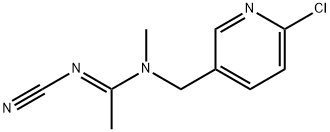
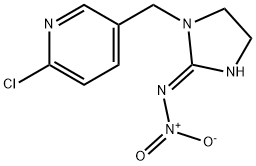
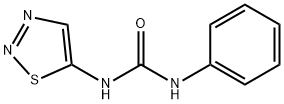
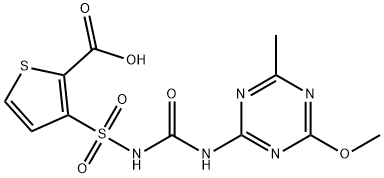
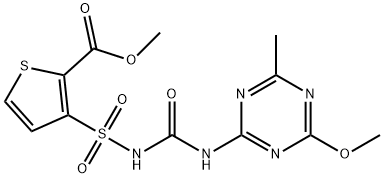
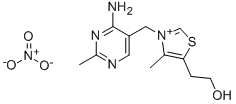
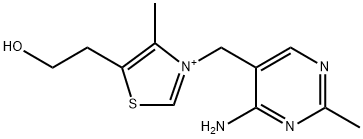
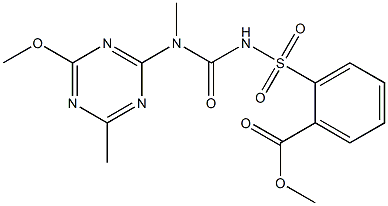
You may like
-
 153719-23-4 Thiamethoxam 99%View Details
153719-23-4 Thiamethoxam 99%View Details
153719-23-4 -
 153719-23-4 99%View Details
153719-23-4 99%View Details
153719-23-4 -
 Thiamethoxam 153719-23-4 99%View Details
Thiamethoxam 153719-23-4 99%View Details
153719-23-4 -
 153719-23-4 98%View Details
153719-23-4 98%View Details
153719-23-4 -
 Thiamethoxam 98%View Details
Thiamethoxam 98%View Details
153719-23-4 -
 153719-23-4 Thiamethoxam 99%View Details
153719-23-4 Thiamethoxam 99%View Details
153719-23-4 -
 Thiamethoxam 97% (HPLC) CAS 153719-23-4View Details
Thiamethoxam 97% (HPLC) CAS 153719-23-4View Details
153719-23-4 -
 Thiamethoxam CAS 153719-23-4View Details
Thiamethoxam CAS 153719-23-4View Details
153719-23-4
